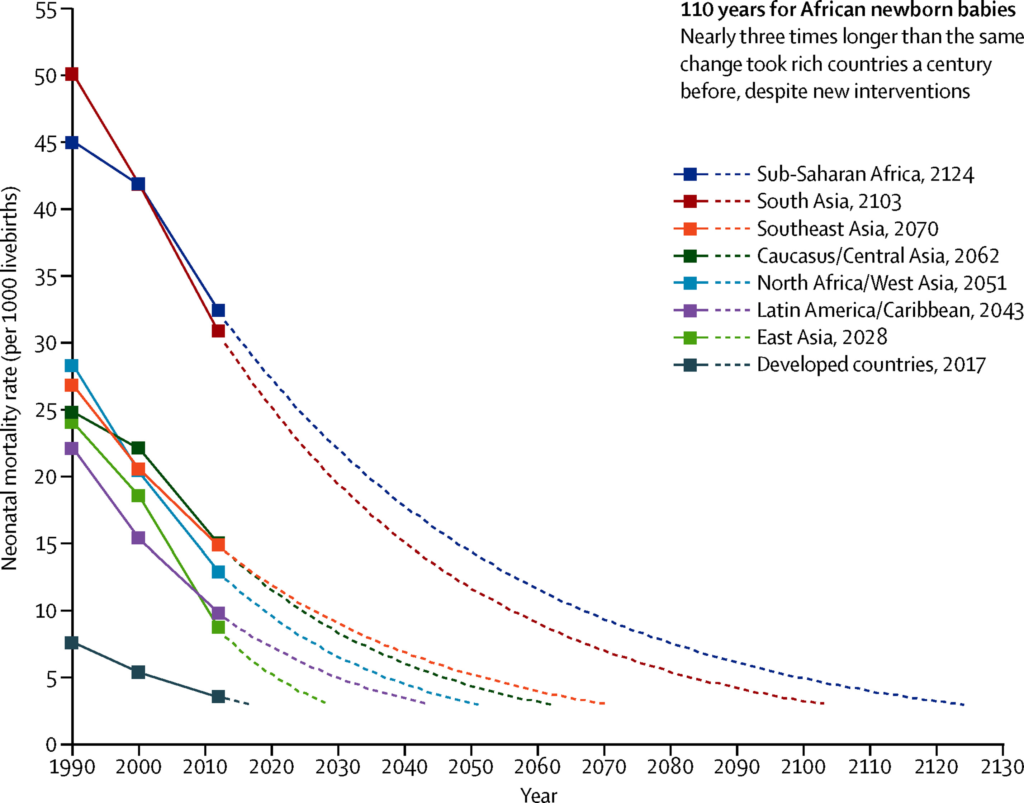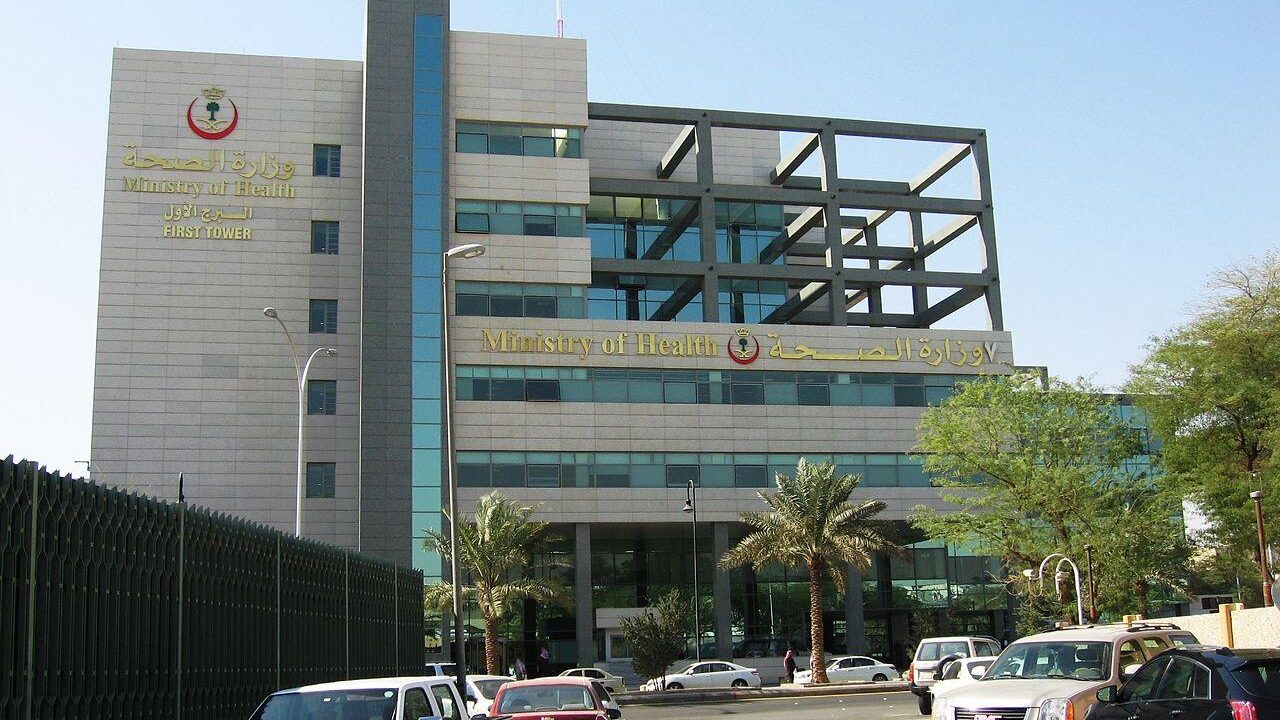Saudi Arabia Health Department reports 35% drop in infant mortality since 2010, marking a significant achievement in the country’s ongoing healthcare reform and national development plans. The Ministry of Health (MoH) announced that between 2010 and 2025, the rate of infant deaths per 1,000 live births has fallen dramatically due to stronger medical services, new mother-and-child programs, and widespread healthcare investments.
This notable reduction reflects a broader improvement in Saudi Arabia’s public health sector, aligned with the goals of Vision 2030, the kingdom’s strategic plan to modernize its economy and enhance quality of life.
Infant mortality is a key global health indicator. A 35% drop in such a sensitive area demonstrates that focused national strategies can bring long-term health gains and ensure healthier lives for future generations.
Key Drivers Behind the 35% Drop in Infant Mortality

The Saudi Arabia Health Department reports 35% drop in infant mortality since 2010 as a result of strategic interventions in maternal and child health services. One of the major contributors has been the government’s increased spending on healthcare infrastructure and medical equipment.
Between 2010 and 2025, Saudi Arabia launched over 50 new healthcare centers, with a focus on neonatal care, emergency maternity units, and rural outreach services. These facilities have allowed faster medical response and increased prenatal and postnatal care availability.
Moreover, the kingdom introduced large-scale awareness campaigns on prenatal nutrition, child vaccination, and birth spacing. These campaigns targeted both Saudi and expatriate communities and improved public understanding of infant health.
Another critical step was the training of specialized doctors and nurses in neonatology and pediatric care. This led to enhanced service delivery in both public and private hospitals, particularly for premature births and high-risk pregnancies.
Vaccination and Preventive Care Expansion
Since 2010, Saudi Arabia has expanded its national vaccination program significantly. The Saudi Arabia Health Department reports 35% drop in infant mortality since 2010 and attributes much of this success to widespread immunization coverage against diseases like measles, polio, hepatitis B, and diphtheria.
By 2020, the Ministry of Health reported more than 95% coverage in infant vaccinations across the country. This high level of immunization has drastically reduced the risk of infection-related infant deaths.
In addition to vaccines, preventive screening of newborns has increased. Tests for congenital diseases, metabolic disorders, and genetic conditions are now common in Saudi hospitals, leading to early diagnosis and effective treatment.
Improved Maternal Health Equals Healthier Infants
The Saudi Arabia Health Department reports 35% drop in infant mortality since 2010 due to parallel efforts in improving maternal health. Access to prenatal care appointments has become easier, especially in urban and suburban areas. Expecting mothers now receive regular health check-ups, ultrasounds, and vitamin supplements free of charge through public healthcare services.
Women in Saudi Arabia also benefit from increasing health education programs, particularly around proper nutrition during pregnancy, breastfeeding practices, and signs of preterm labor. The Ministry of Health has ensured that awareness materials are accessible in multiple languages to reach all residents, including foreign nationals.
These improvements have led to fewer premature births, lower maternal complications, and stronger postnatal care support — all of which reduce infant mortality.
Digital Healthcare Tools and eHealth Transformation
Technology has also played a major role. The Saudi Arabia Health Department reports 35% drop in infant mortality since 2010, linking part of the progress to digital health solutions. The introduction of online health records, mobile apps for pregnancy tracking, and 24/7 medical consultation services has allowed timely interventions.
Saudi Arabia’s Seha and Mawid apps have made appointment bookings, test result tracking, and medical advice easier for new parents. These digital platforms have reduced the gap between patients and providers, especially in underserved regions.
Artificial Intelligence (AI) tools have also been used to identify high-risk pregnancies and automate follow-ups through SMS alerts, helping to save lives during critical stages of infant development.
National Policies Supporting Infant Health
Saudi Arabia’s legislative efforts have supported infant well-being as well. The Health Ministry enforced stricter rules on birth registration, vaccination compliance, and breastfeeding in public hospitals.
The “Healthy Start” initiative, introduced in 2015, has guided hospital practices by setting benchmarks for delivery room protocols, immediate newborn care, and mother-infant bonding. This program was one of the cornerstones for reducing neonatal infections and early-stage complications.
Furthermore, the introduction of mandatory newborn hearing tests and eye exams across public hospitals has enabled the early detection of developmental issues, contributing to better long-term health.
International Recognition and WHO Endorsement

The World Health Organization (WHO) has commended Saudi Arabia for its impressive progress in reducing child mortality. WHO data supports that the 35% reduction aligns with global Sustainable Development Goals (SDGs), especially Goal 3 ensuring healthy lives and promoting well-being for all ages.
WHO also praised Saudi Arabia’s community-based healthcare model, which trains family physicians and health visitors to monitor at-risk households and encourage medical follow-ups for newborns.
Challenges Still Ahead
Despite the remarkable success, challenges remain. Rural areas still face shortages in specialized care. According to the Saudi Arabia Health Department reports, 35% drop in infant mortality since 2010, but some border regions lack 24-hour maternity services. The government is now investing in mobile health units and telemedicine centers to close this gap.
Another challenge is the increasing number of premature births caused by lifestyle-related conditions such as diabetes and obesity. Saudi Arabia aims to tackle this by promoting healthier maternal habits and implementing nutritional support programs from the first trimester of pregnancy.
Looking Forward
The Saudi Arabia Health Department reports 35% drop in infant mortality since 2010 as a historic milestone. With continued focus on innovation, infrastructure, and public engagement, the kingdom is likely to see further gains in newborn and child survival rates.
The future looks promising as Saudi Arabia advances in both medical technology and inclusive health policy. Through collaborative efforts between the government, healthcare workers, and families, the country is making strong strides toward becoming one of the safest places in the region to give birth and raise children.
Also Read –Health Department’s Mobile Clinics Transform Rural Saudi Healthcare Access



